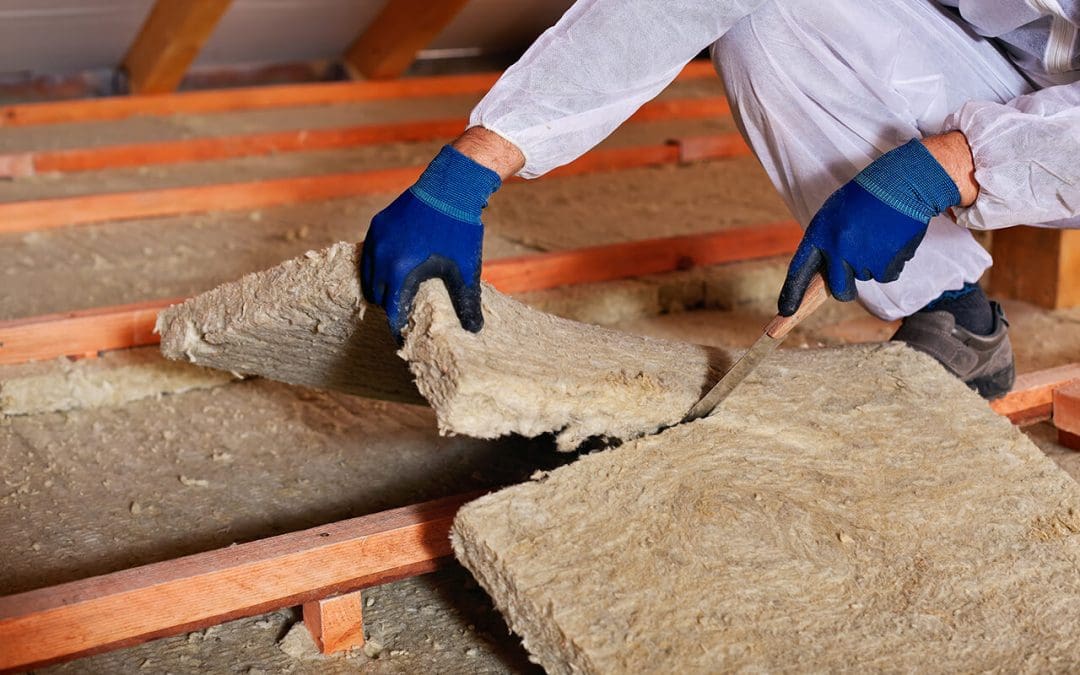How Does Ventilation Help Insulation?
Insulation needs to stay dry to be effective and in good condition. A vapor barrier combined with adequate ventilation helps prevent moisture from settling on insulation. Wet insulation can’t do its job properly and deteriorates. Furthermore, moisture inside walls, attics, and basements causes mold on surfaces and structural rot.
Understanding R-Values
In order to understand insulation and how it works, you must learn about R-values. Insulation is rated by R-value, which measures its ability to insulate. In areas with extreme temperatures, you’ll want insulation with a higher R-value. Houses in mild climates can use thinner insulation with lower R-values. Different parts of a home require different levels of R-values. For instance, the R-value of insulation should always be higher in the attic than under the floors because heat rises.
Home Insulation and Ventilation in Different Areas
When insulation is added to a certain area, it needs to be well-ventilated. In the attic, roof vents and vents in soffits provide ventilation. Foundation vents give airflow to basements and crawl spaces. Window vents provide ventilation in walls.
How to Make the Most of Your Home Insulation and Ventilation
While you want your home to have good ventilation, you also want it to be airtight and keep conditioned air indoors. This means having adequate weatherstripping around doors and windows and sealing up cracks and gaps in the foundation, siding, and roof.
Jamie Schaefer Professional Home Inspector provides home inspection services to Long Island and the surrounding areas. Contact us to schedule an appointment.

